







































Task Practical / photoshoot-homework
We will aim to expand our approach to photographing things around us…whilst responding to influential approaches in the development of modern photography.
By responding to Albert Renger-Patszch and The New Objectivity you will be able to classify a greater range of your images whilst learning more about the Formal Elements and Adobe Photoshop techniques including :
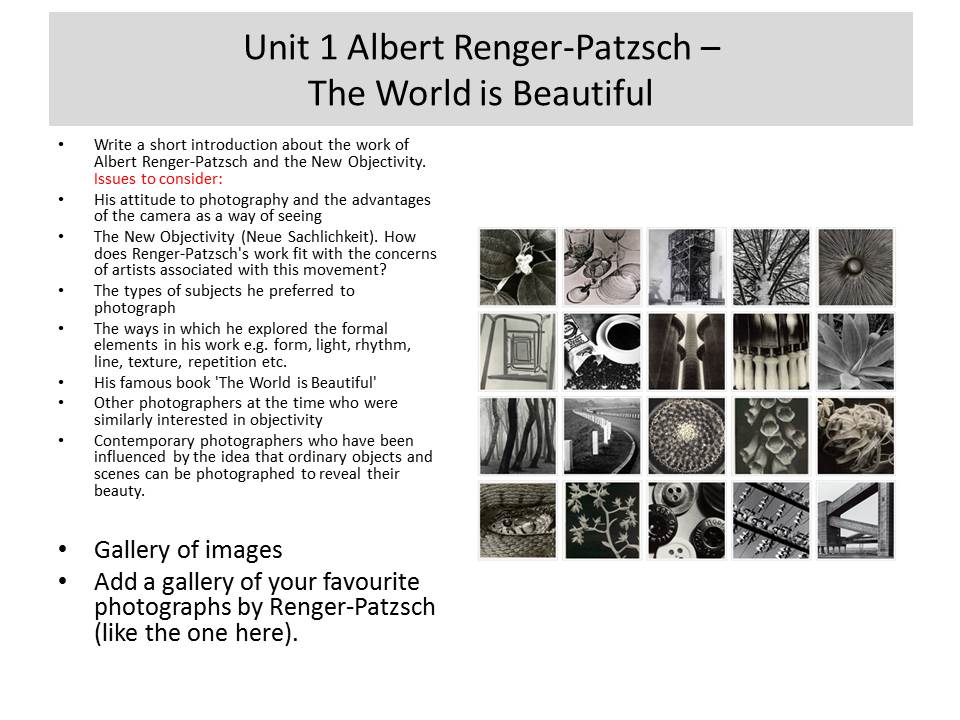


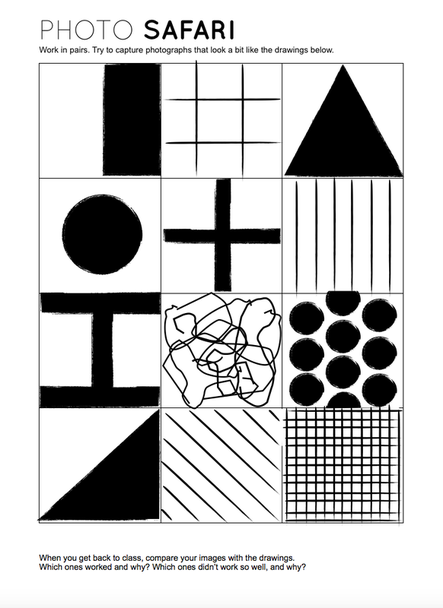

Remember to : Describe, explain and evaluate your process carefully.
Homework Due Date = Wednesday 23 September
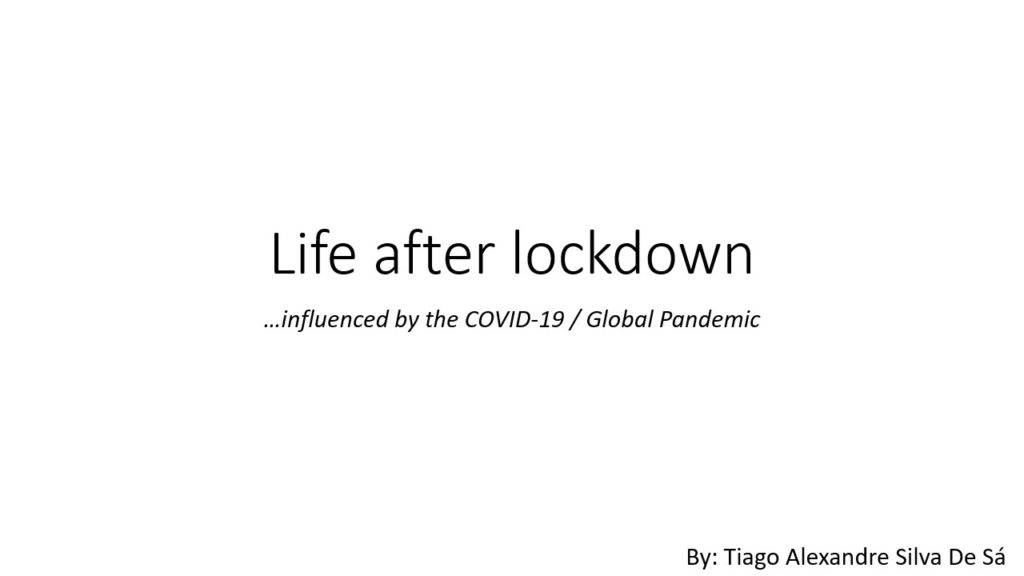
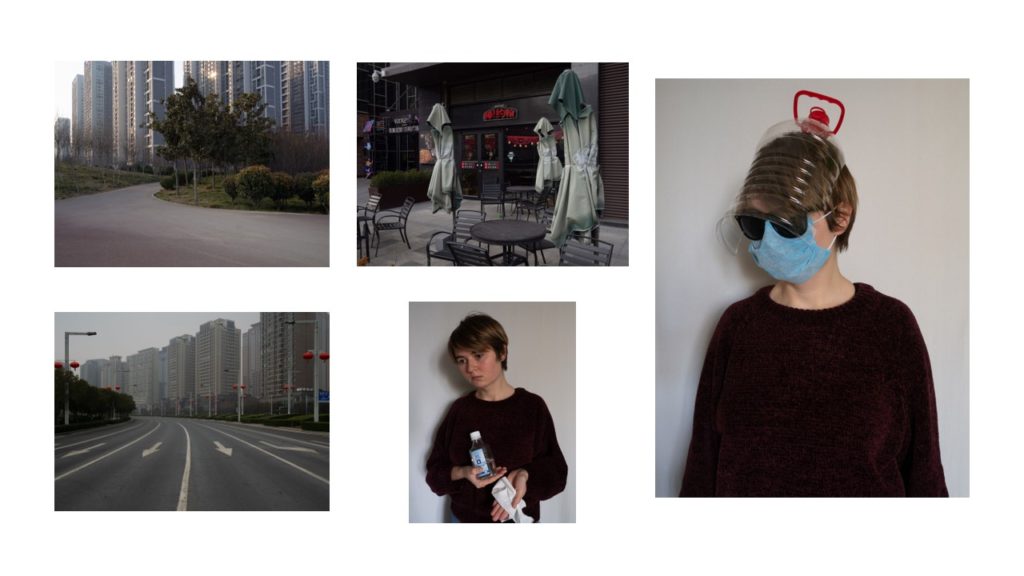


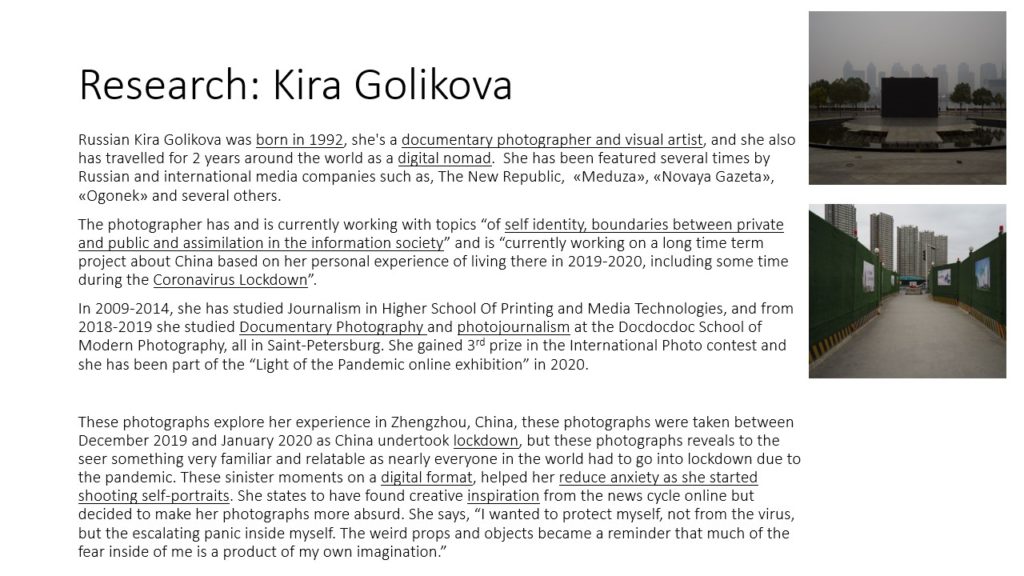


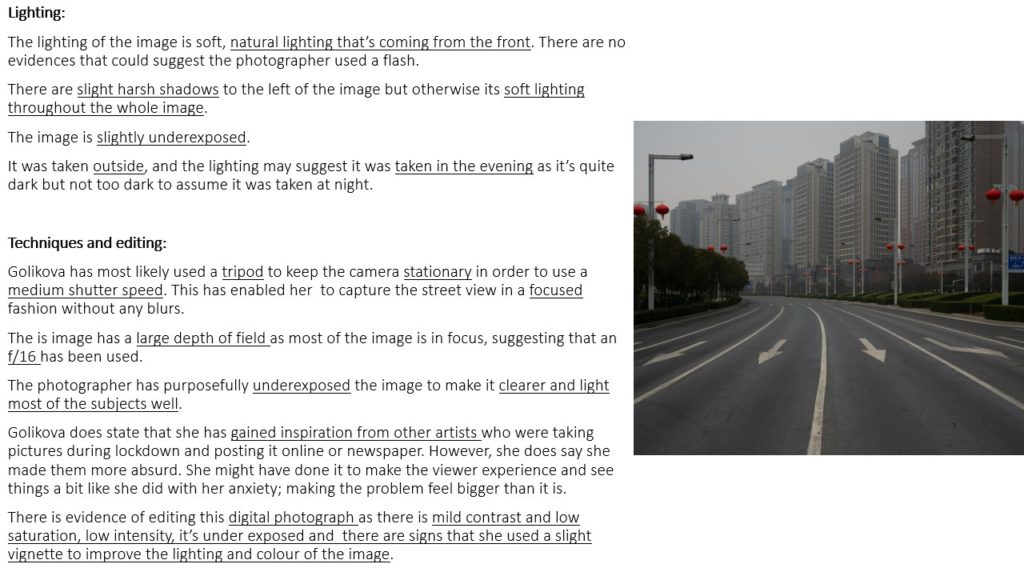
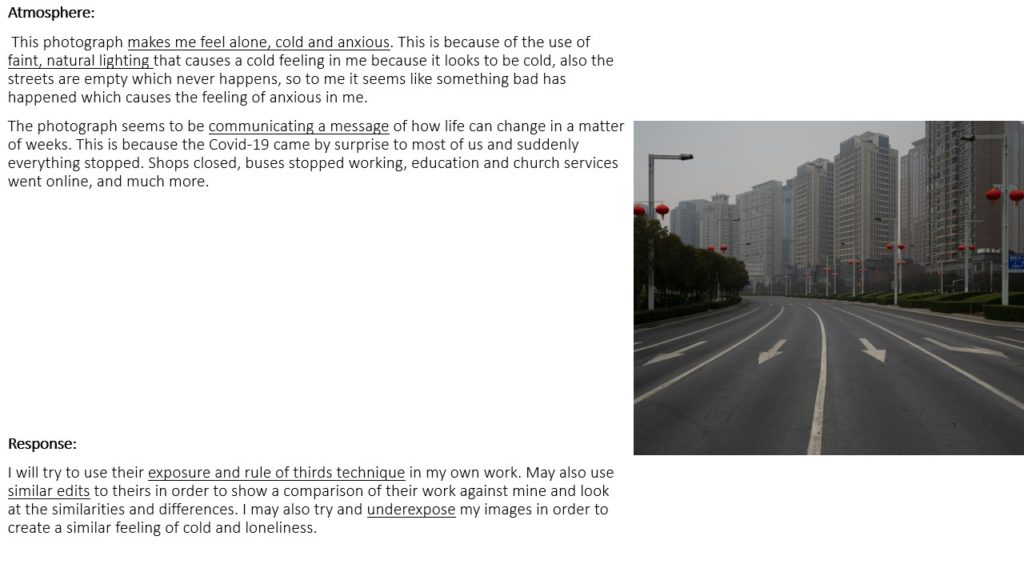
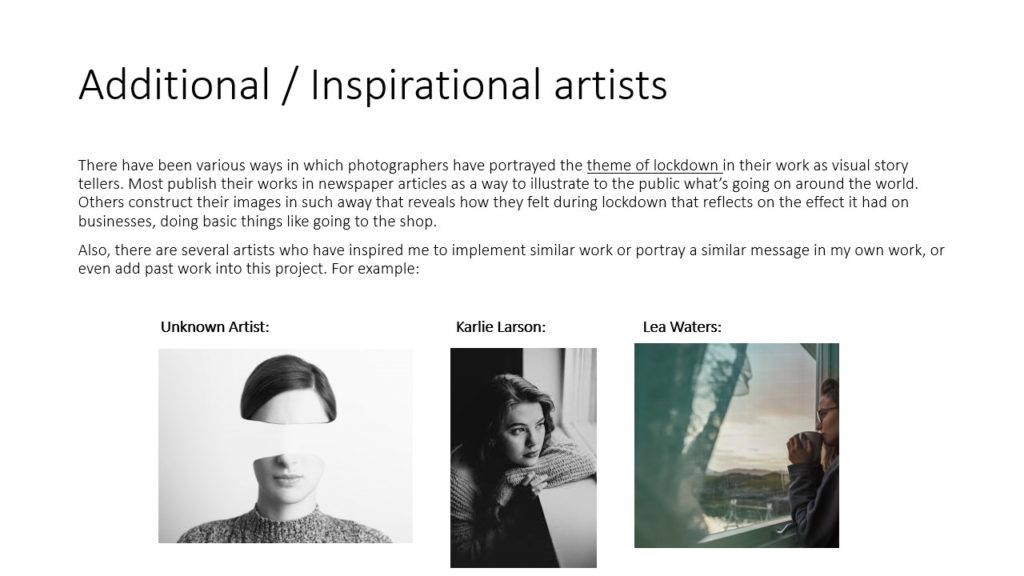
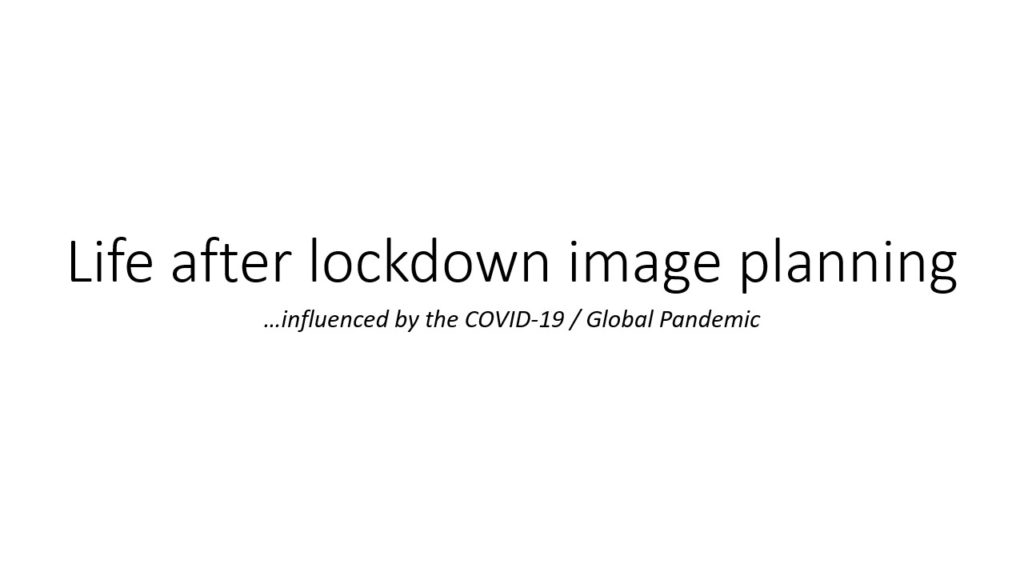



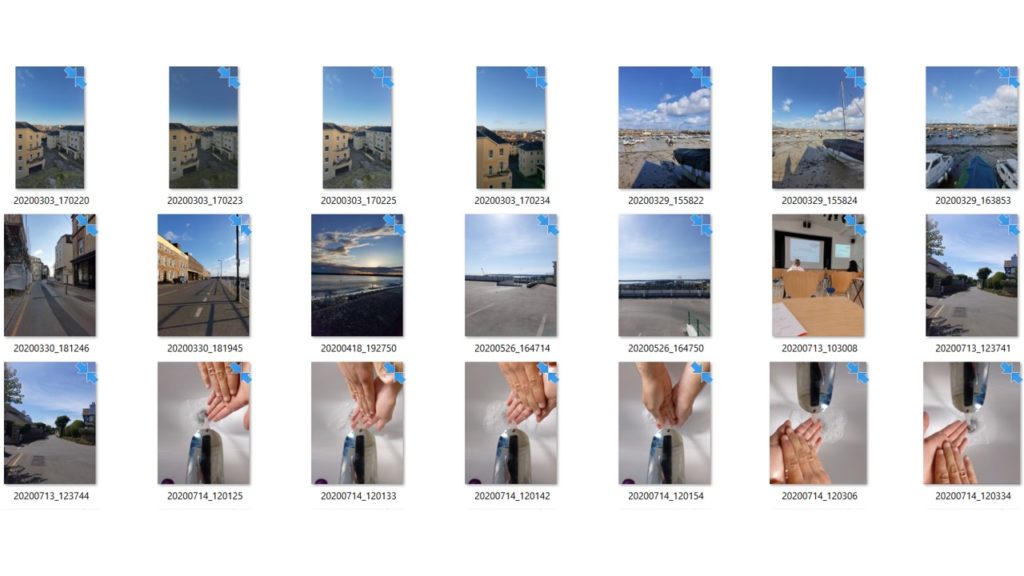

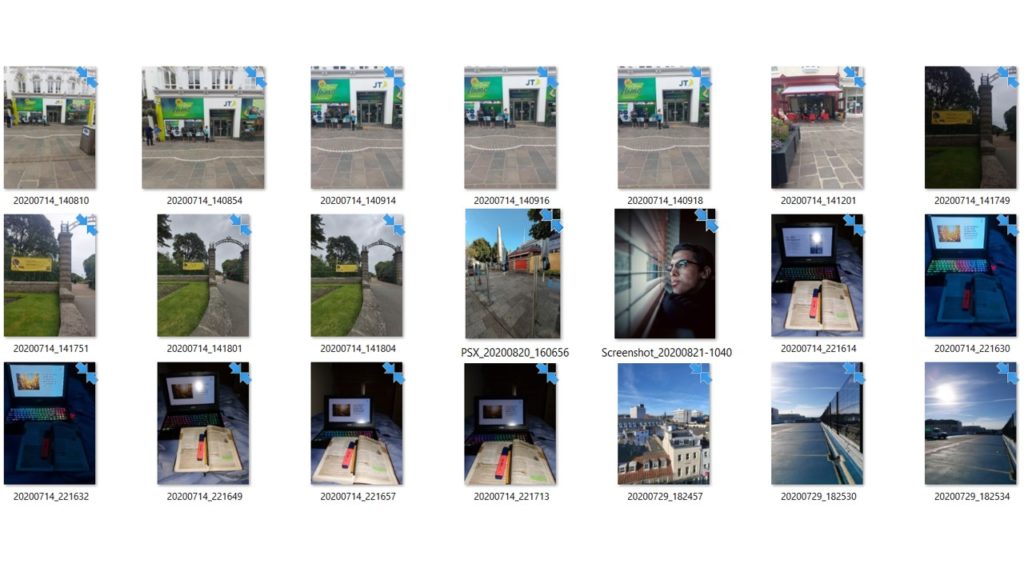
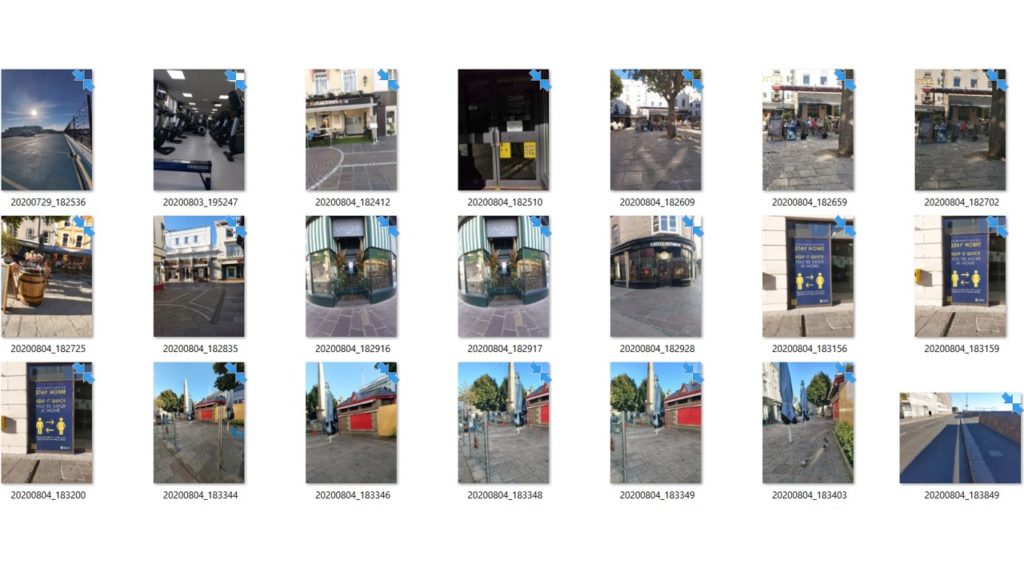
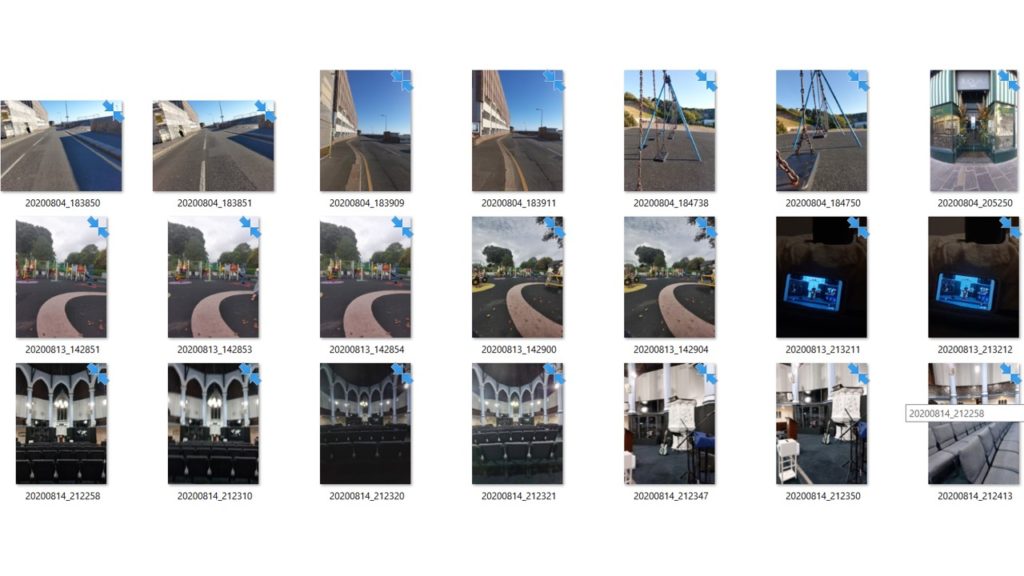
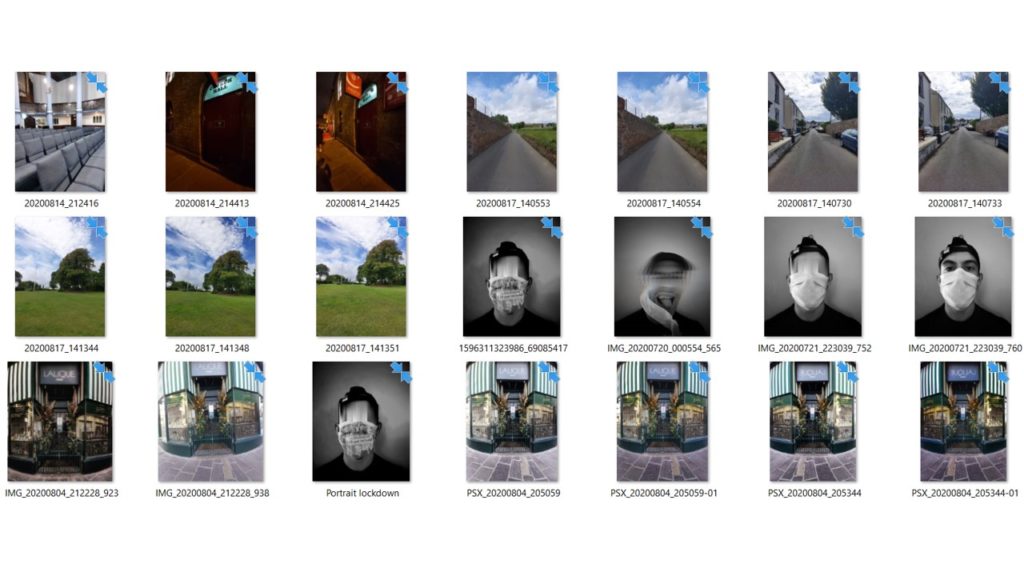

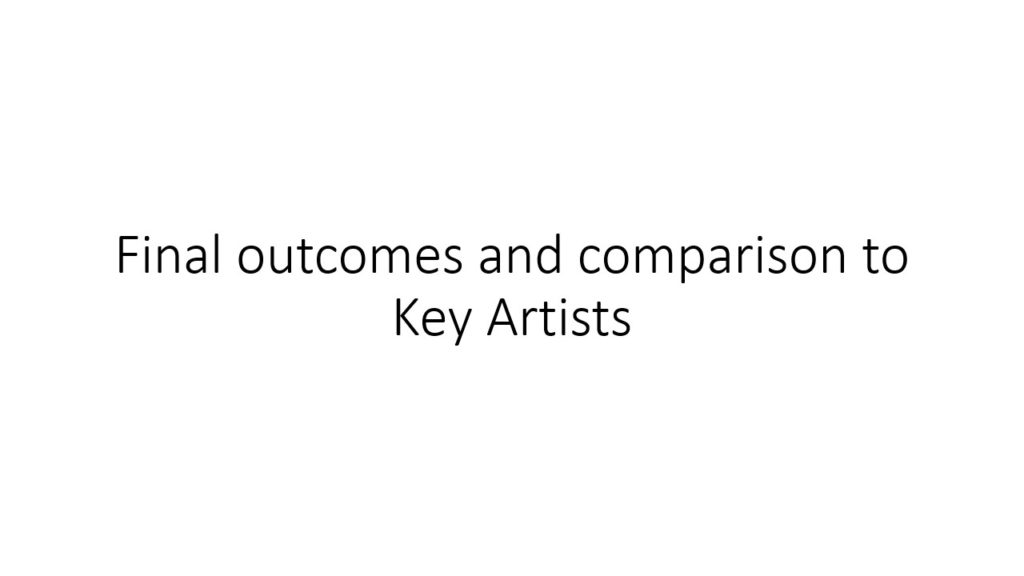
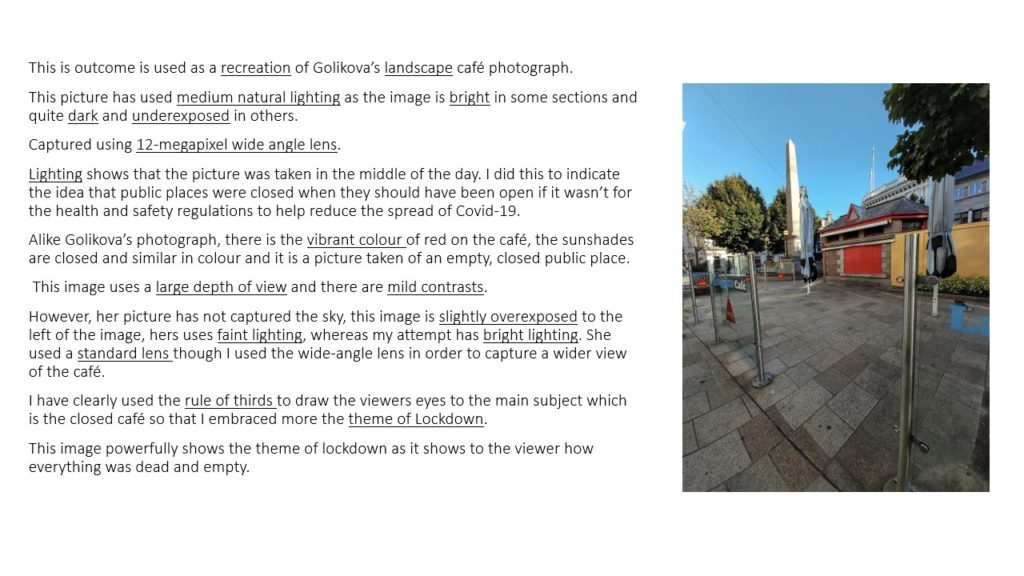
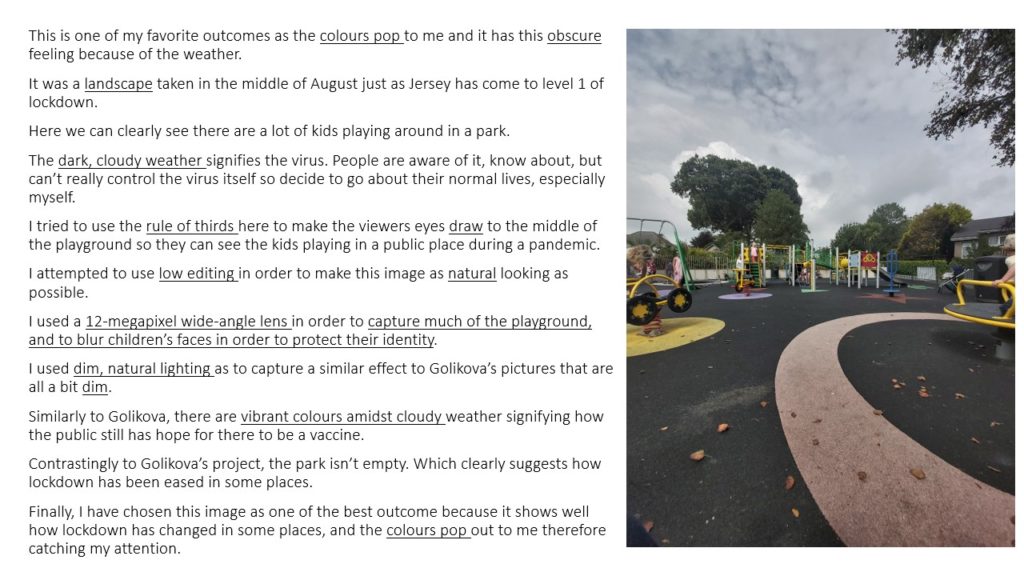
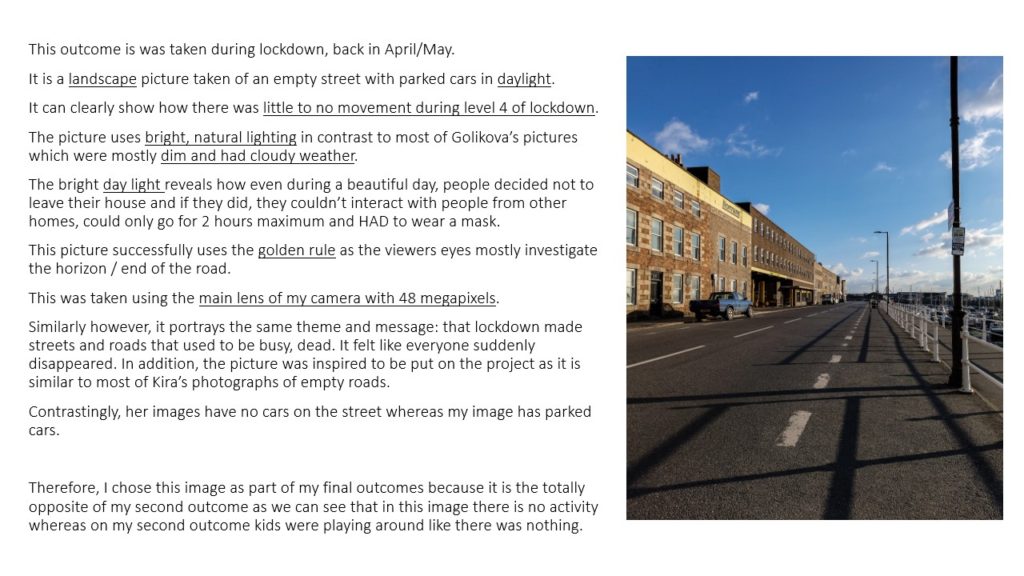
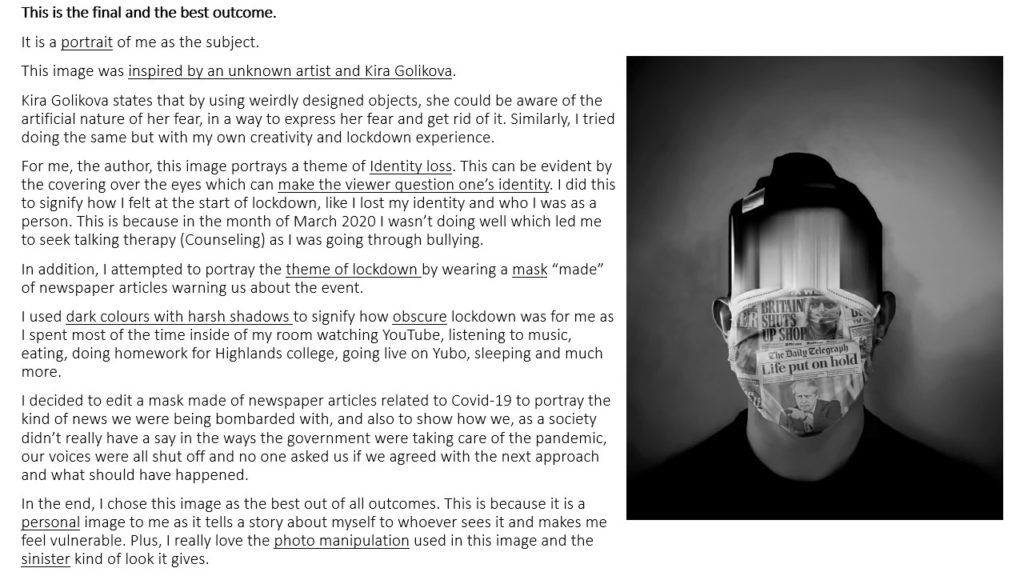
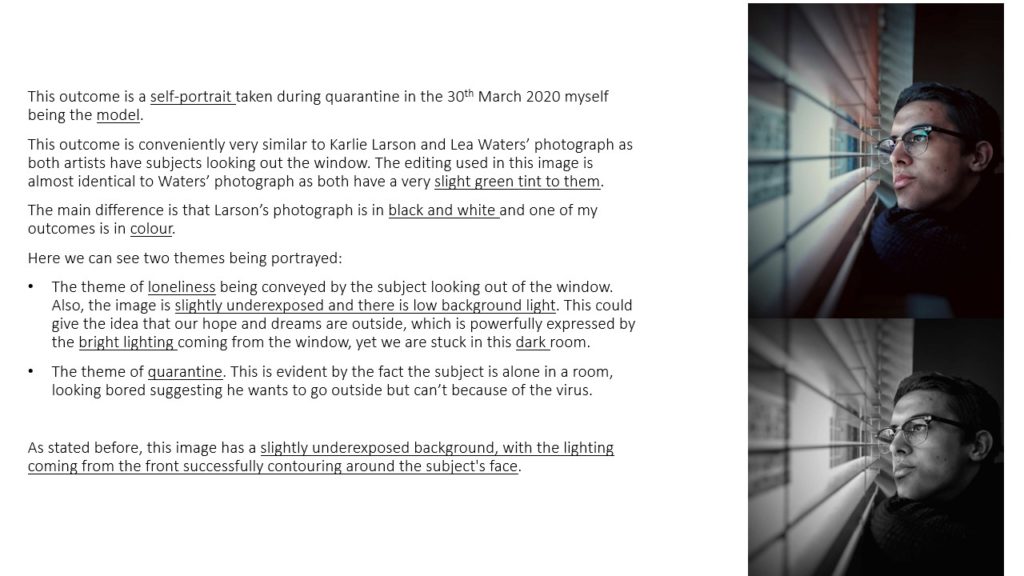
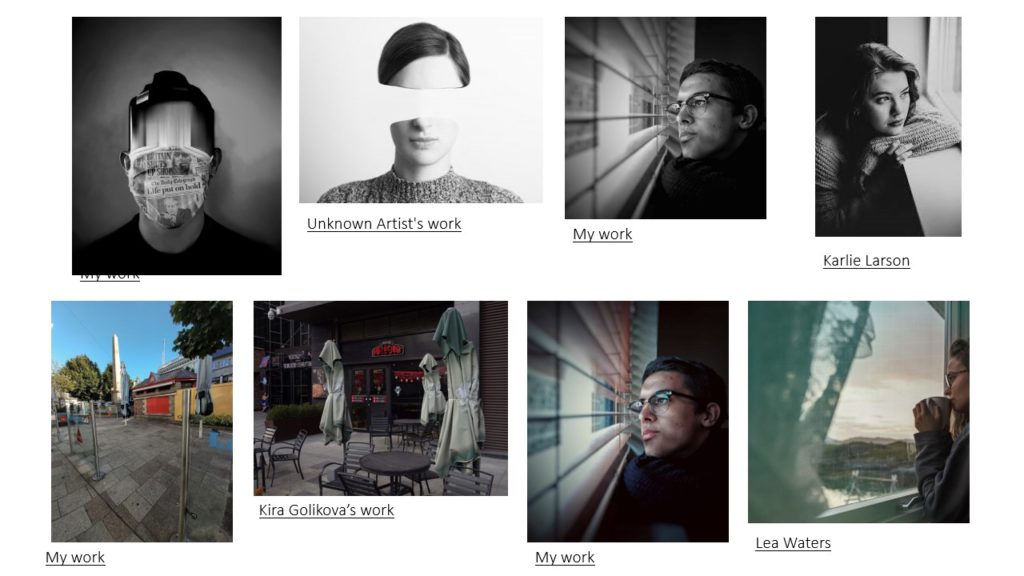
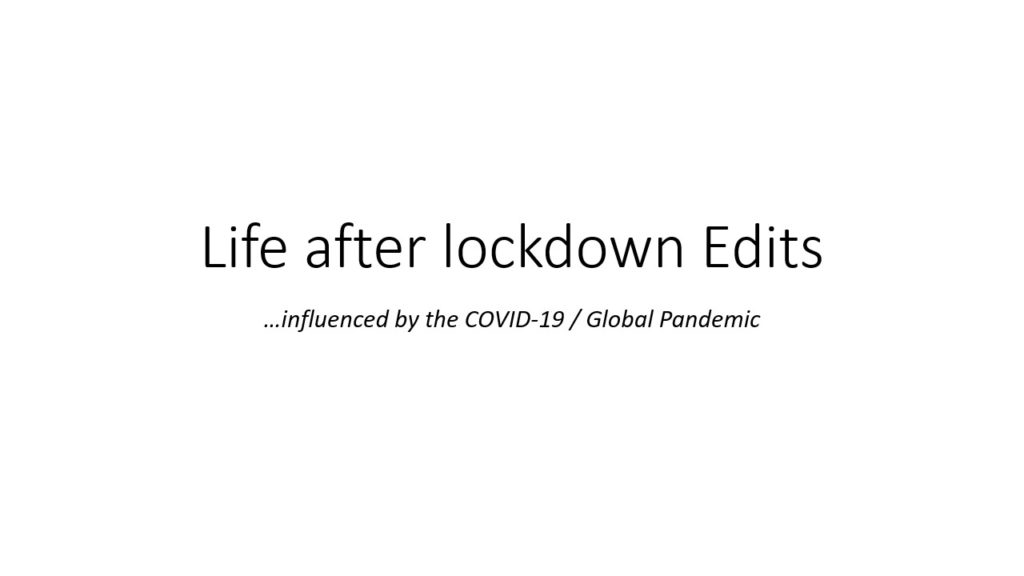
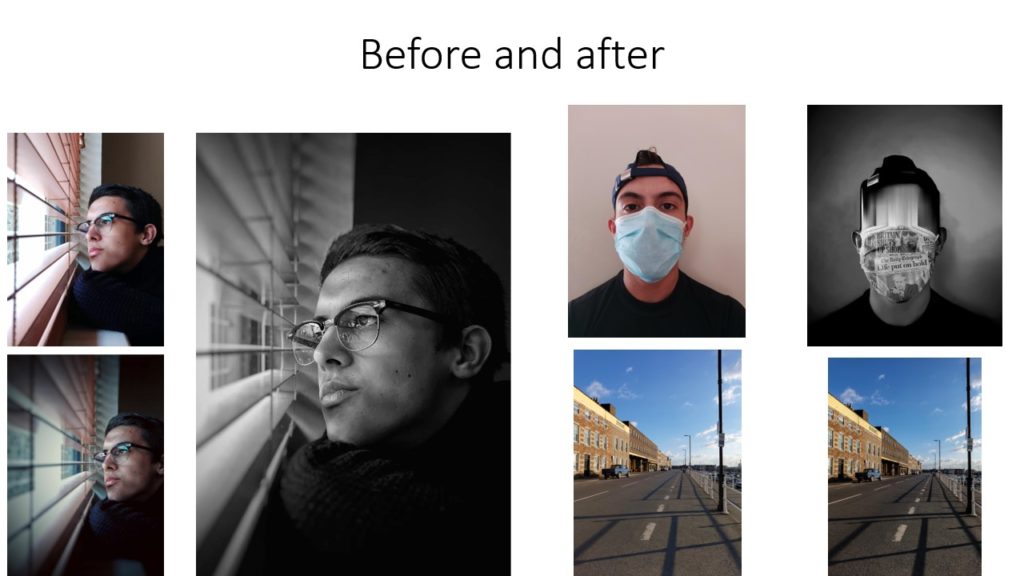

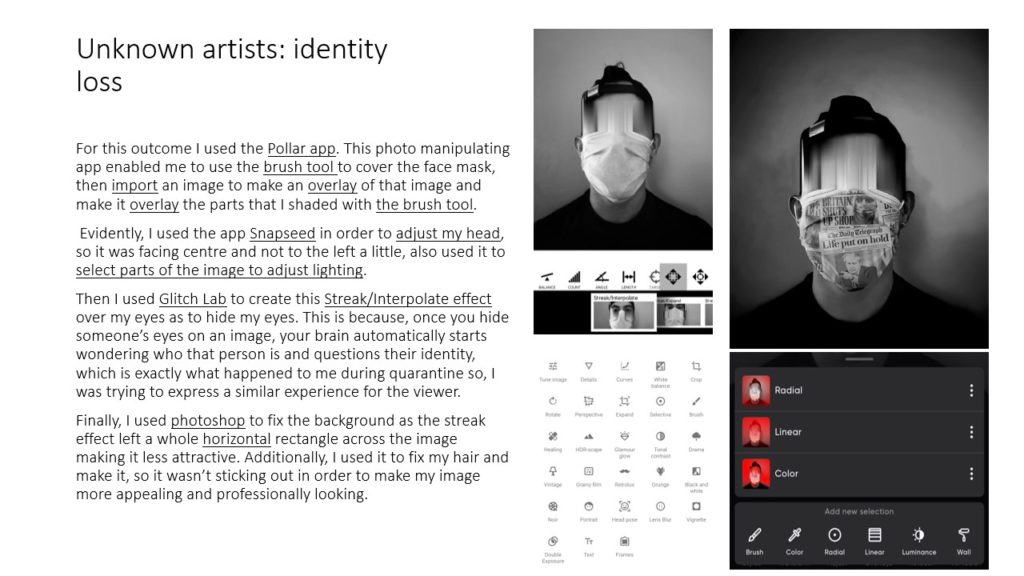
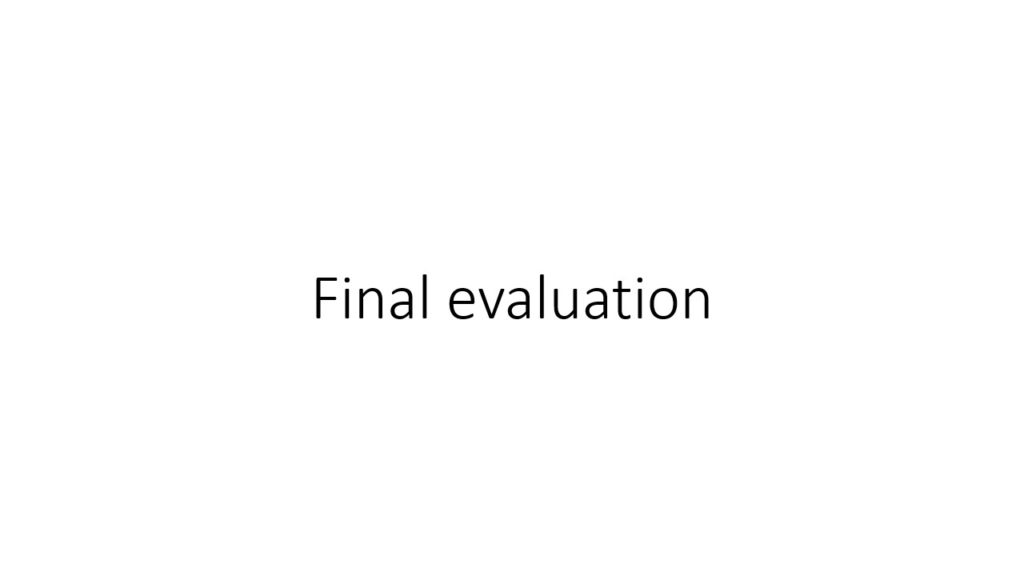
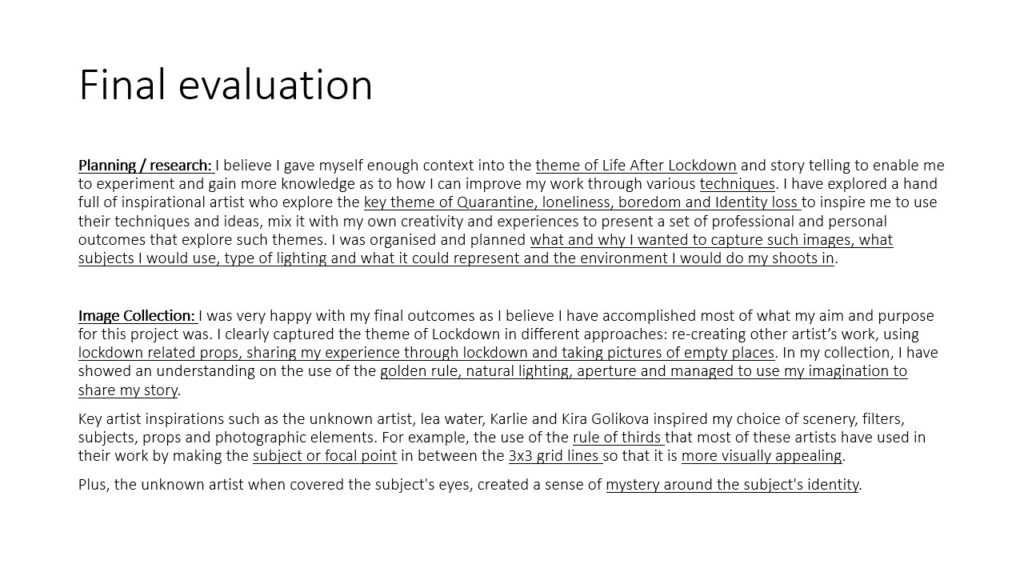

Task
Contact sheets were an incredibly important tool and an inevitable part of the photographic process until digital photography rendered them obsolete. As Lubben notes, they constitute “a record of one’s shooting, a tool for editing, and an index to an archive of negatives.” Indeed, she continues, the contact sheet “embodies much of the appeal of photography itself: the sense of time unfolding, a durable trace of movement through space, an apparent authentication of photography’s claim to transparent representation of reality.”
Contact sheets also represent the economy of the roll of 36 frames, as opposed to the limitless numbers of shots that digital photography affords today. As such, they provide the physical marker of an era when each frame had a value, and was therefore more precious.
Then develop and publish a blog post that tackles the following…
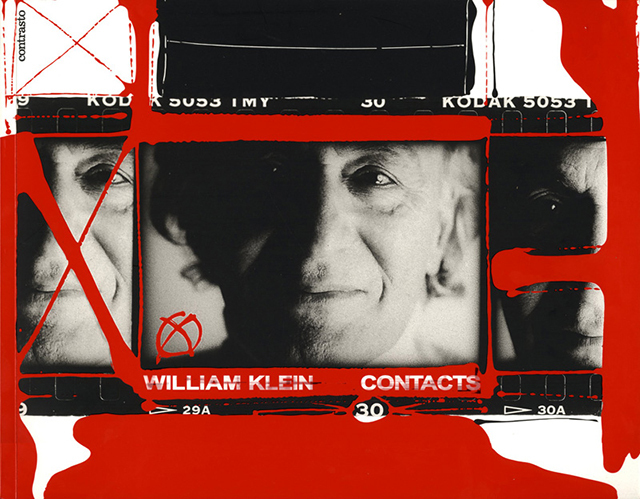

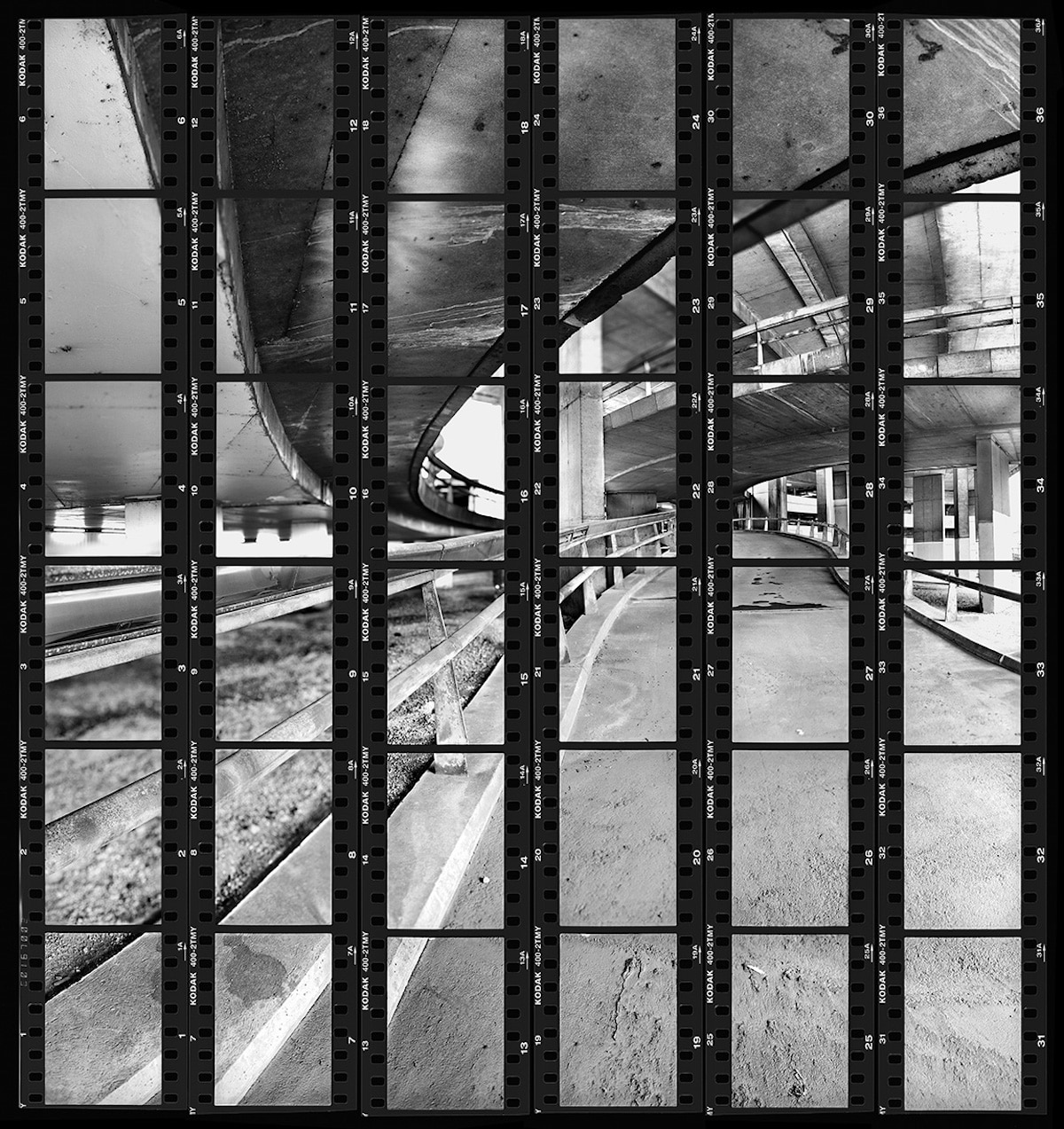



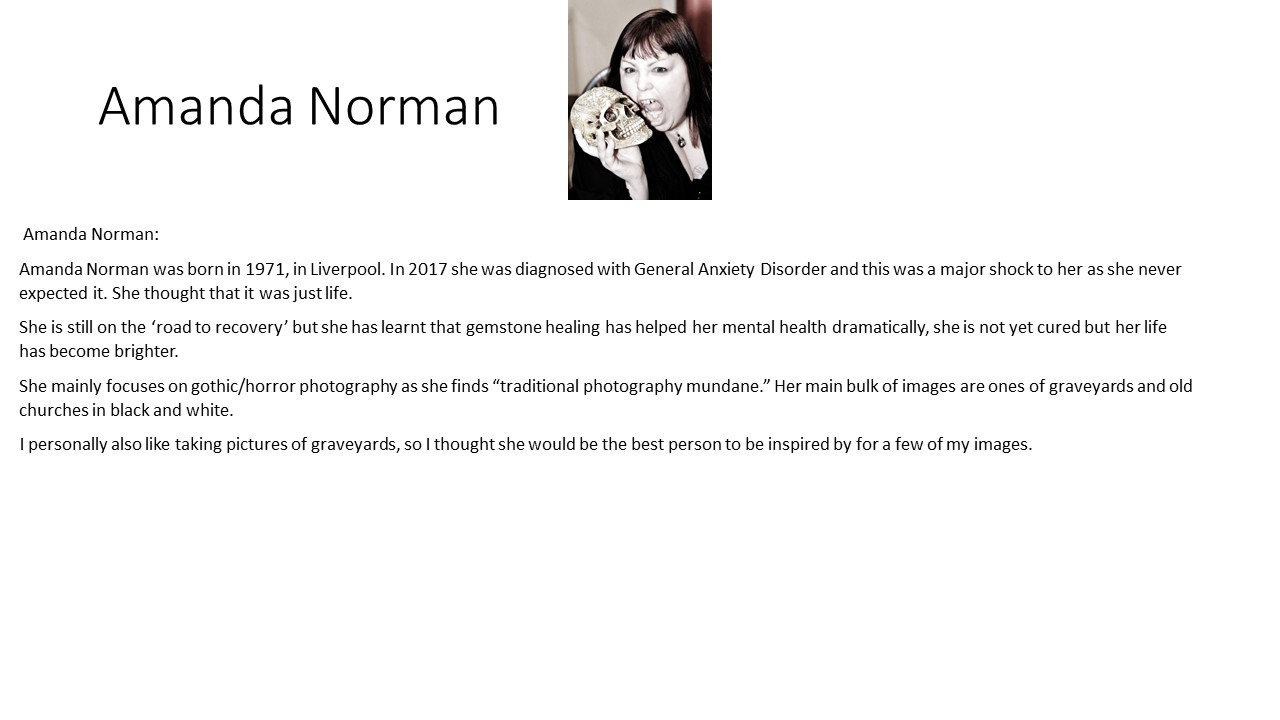












These simple tasks are designed to encourage you to take control of an abstract experiment whilst employing your understanding of light, tone, shadow, proportion…
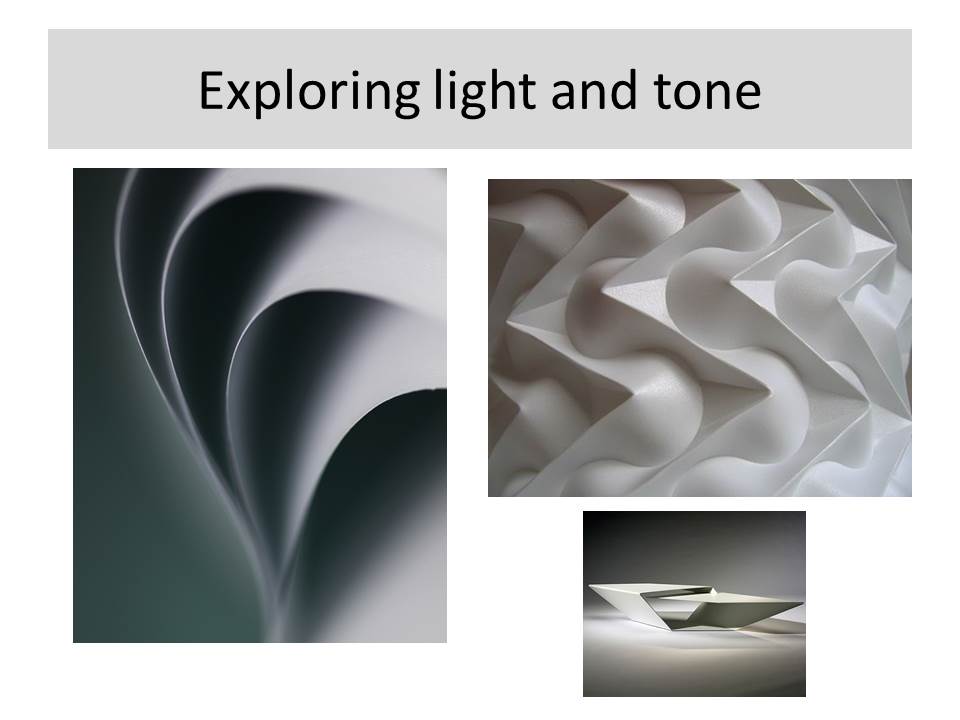
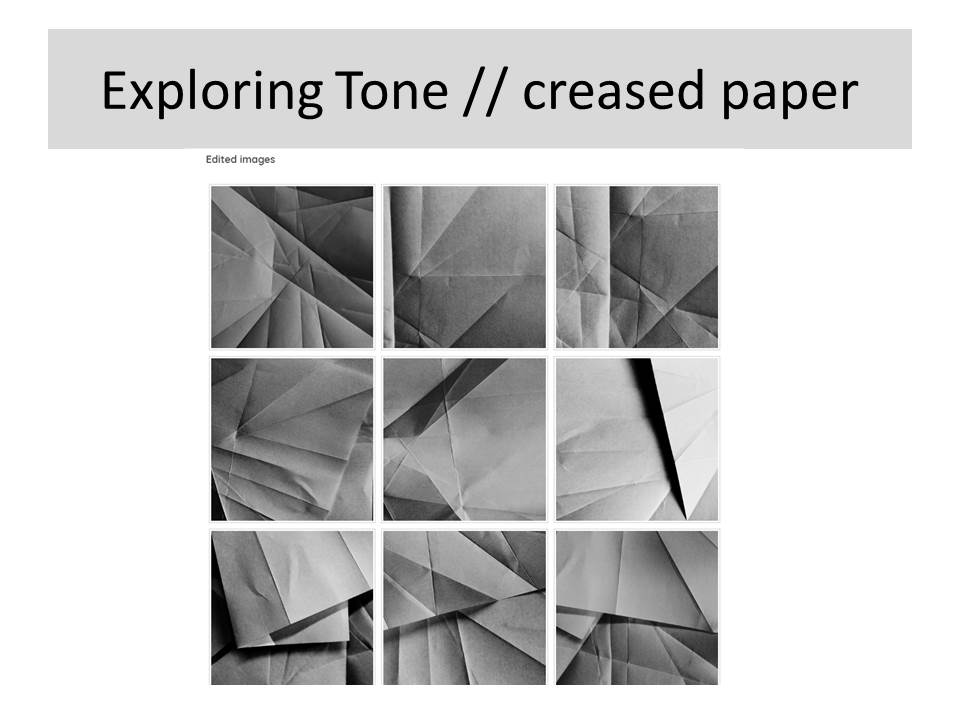


ARTIST REFERENCES…
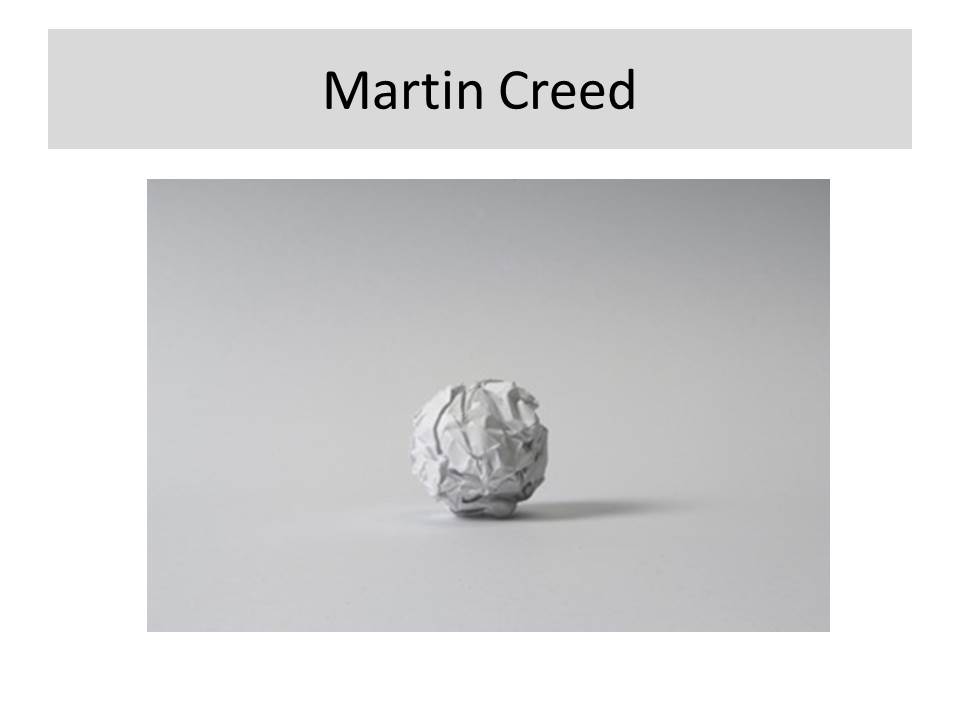
Edgar Martins

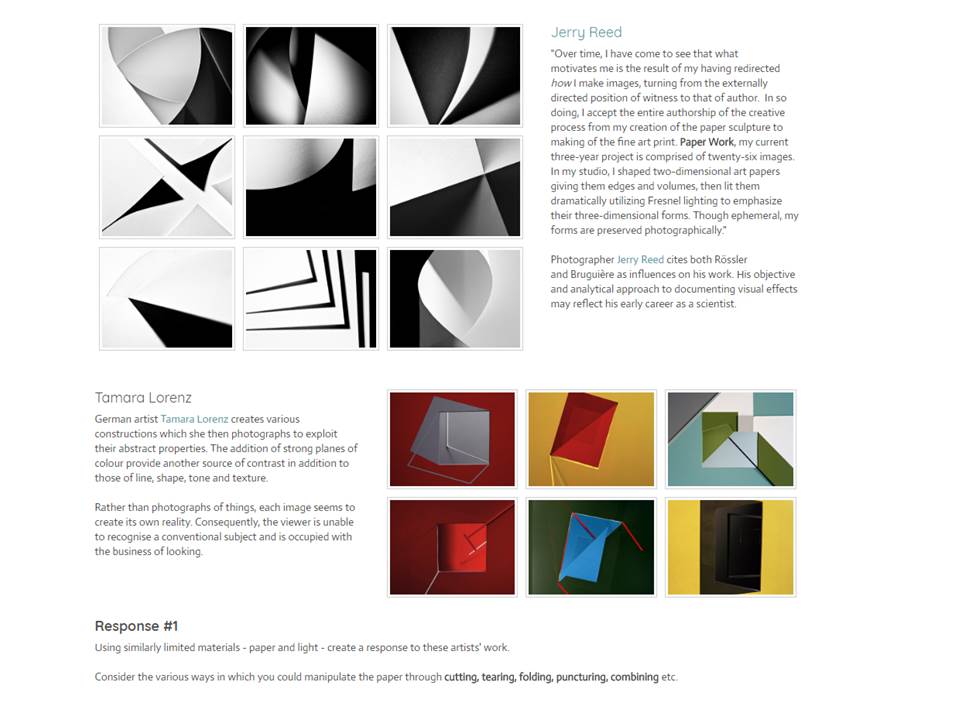
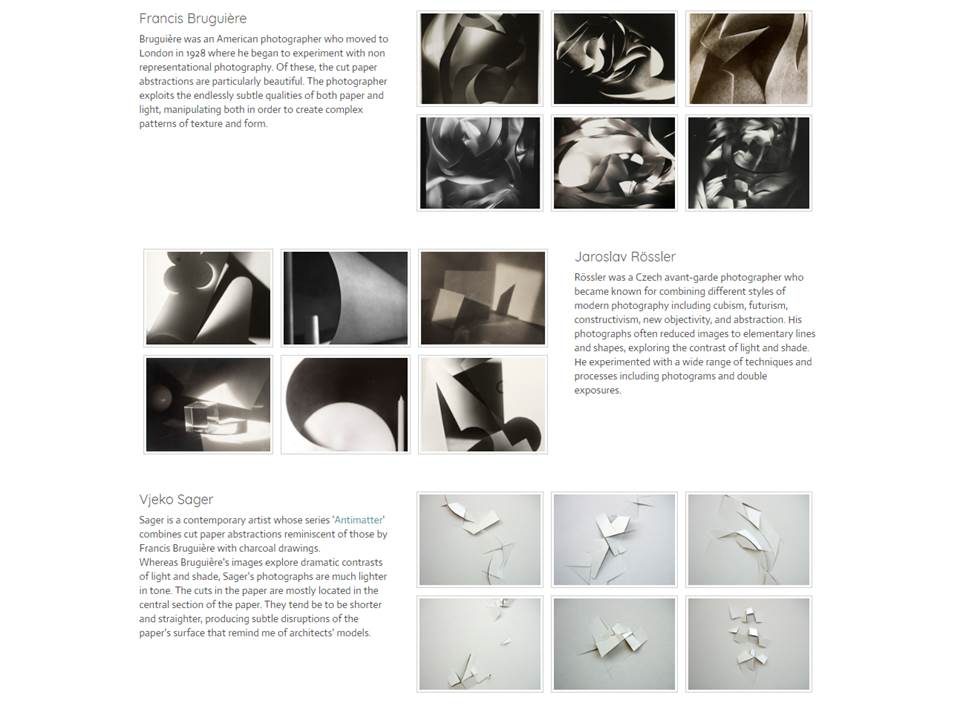

Brendan Austin creates imaginary landscapes out of crumpled pieces of paper. He calls them ‘Paper Mountains‘. Austin examines what we mean by nature and the way humans have impacted upon it. “The isolated desert city running on oil generators, the mars like landscapes of a volcanic environment and the mountains made from paper all attempt to start a conversation concerning the loss of meaning and reality.” The resulting images appear both recognisable as landscapes but also suggest a sense of artifice. Humble materials are made to carry an important message.
By now you should have a student login, which gives you access to The Hautlieu Creative Blog too.
TASK 1 : UPLOAD YOUR SUMMER TASK TO THE BLOG
You will be shown how to navigate the blog and of course design and publish your own blog posts. Remember…your blog posts are the equivalent of submitted work that is ready for assessment and feedback by your teacher(s).
Each blog post should be considered, critical, creative and carefully constructed. Normally, you will be expected to complete blog posts that reflect your knowledge and understanding of the topics / skills that have been covered day by day / week by week.
Convert a Powerpoint to JPEG File Interchange Format (and then upload as an image(s) to a blog post via the MEDIA LIBRARY
You will need to COPY and PASTE WORD DOCUMENTS into the blog posts…
It is YOUR responsibility to keep up with the workload, and pace your productivity in step with what is being taught each step of the way. You will receive feedback either directly in response to the blog posts you publish, or as a response to a set of tasks in the form of a TRACKING SHEET.
The TRACKING SHEET will include a list of tasks / skills / blog posts that you must produce…as well as deadlines, extension tasks and the marking criteria.
BY THE END OF WEEK 2 (FRIDAY 11TH SEPTEMBER) YOU SHOULD HAVE…Your Induction Task- “Life after lockdown…”
BLOG POST 1 = “Life after Lockdown…”
BLOG POST 2 = image analysis and interpretation / include photo vocab help sheet and image of Alfred Krupp (always include image caption to credit the photographer)
BLOG POST 3 = The Formal Elements (research and apply klnowledge and understanding to images of paper shapes)
BLOG POST 4 = Contact Sheets
Robert Frank
•Robert Frank was one of the most influential photographers in the 20th century. Robert Frank use to be a successful fashion photographer, until he felt like he wanted to explore photography more in depth as fashion photography was very limited for him as a photographer. After being a fashion photographer, Robert Frank decided to become a more creative photographer taking pictures of places he went and what he saw, with photography style described as a “mature style” which was characterised by“bold composition and ironic, sometimes bitter, social commentary”.
•Robert Franks pictures are all in black and white with a lot of personality in the pictures as they come across to be taken in the moment, meaning that the pictures weren’t a planned shot. From some of the pictures, visually you can see that the people in the photographs where moving as he took the pictures also, there is natural lighting in all of his pictures which can be seen from the scenery the pictures are taken and the shadows in the pictures stand out as well. Moreover, his pictures are in black and white which goes to show the era in which he took his pictures in also, from the facial expressions on the pictures he has taken you can see that some of the people in the photos have some emotion attached to them being upset, frustrated and feeling casual from the lives they have to put up with.




My Pictures


Edited Pictures
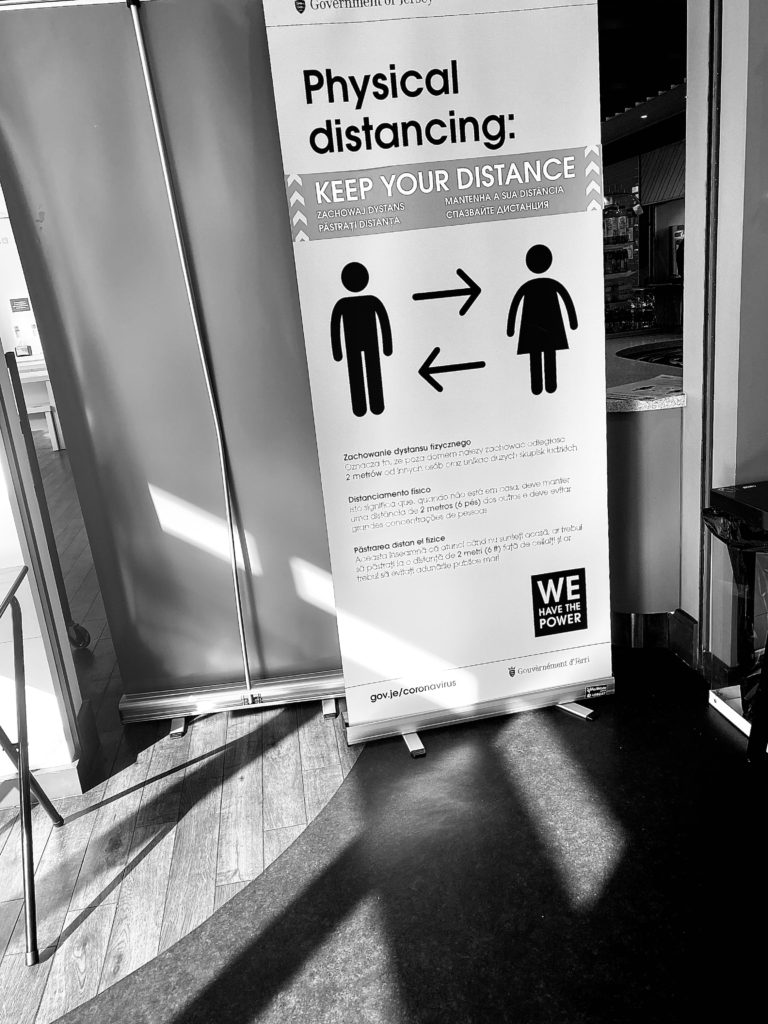



•The overall evaluation from my work is that in my opinion I think I have gotten some of my images to lok like Robert Frank’s, I know this because my iages are In black and white having some contrast being recognisied in the pictures from the bright colours in the pictures to the shades of black in the pictures. Moreover, in my pictures I have got a lot of shadowing that is quite apparent, standing out in the pictures due to using Robert Frank’s technique of black and white photography. The shadowing in the pictures is key as it goes to how where the source of light is coming from in an image also, showing how harsh or soft the lighting is within the environment. Another reason as to why I thought the technique of Robert Frank’s black and white photography does justice within this theme for the photo shot is because lockdown was a very inytense time for everyone mentally and physically, the emotion that most people probably came across was lonellyness and his technique worked with this as black and white pictures are very hollow which can show lonellyness, especially in my pictures in which their arent people around.
Favourite Edited Picture

•My favourite picture that I thought was best In terms of having a similar style to Robert Frank was this one. This is beause it was a picture taking in the moment with peiple minding their own business either socialising in small groups or wokring. Moreover, this picture links with the theme as there are glass pains in betwenn tables showing people cant be to close and there are empty tables acroos the restaurant with people sitting on them, in order for people to be socially distanced because of the virus